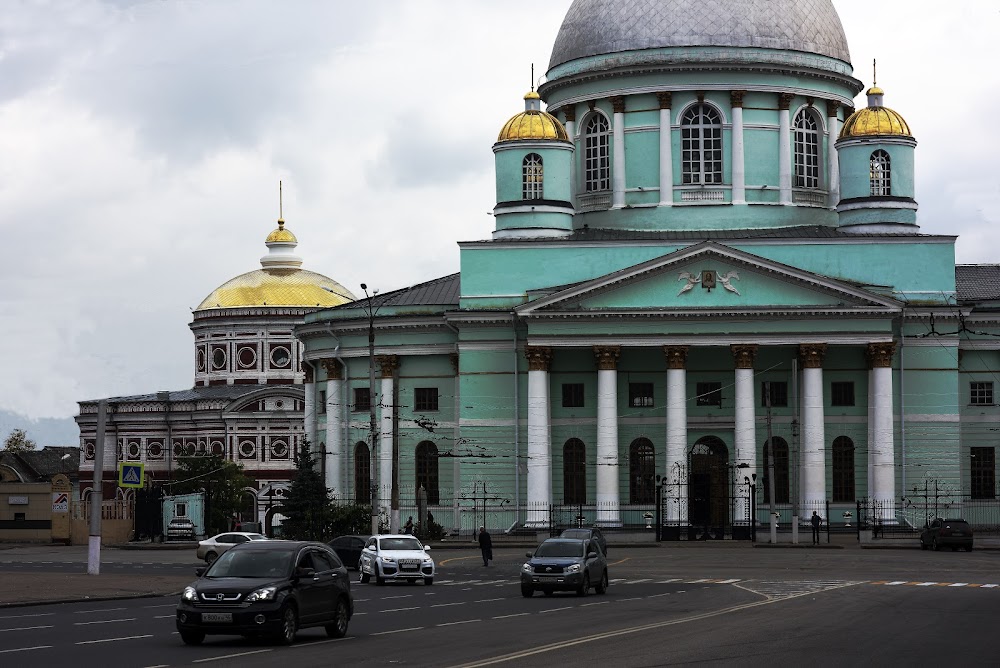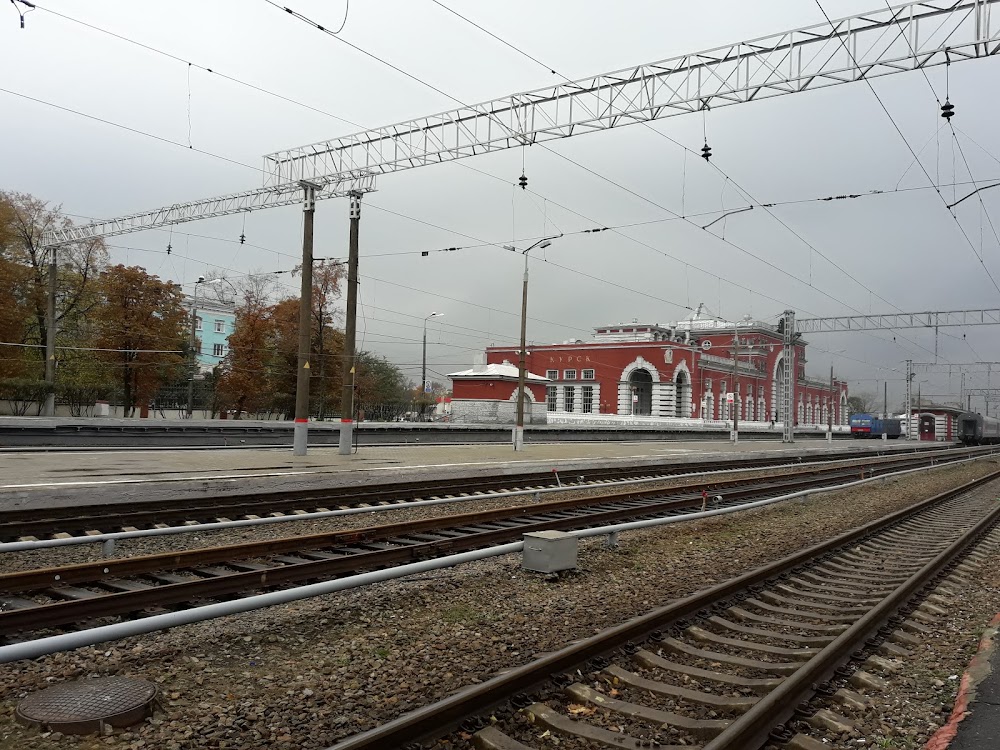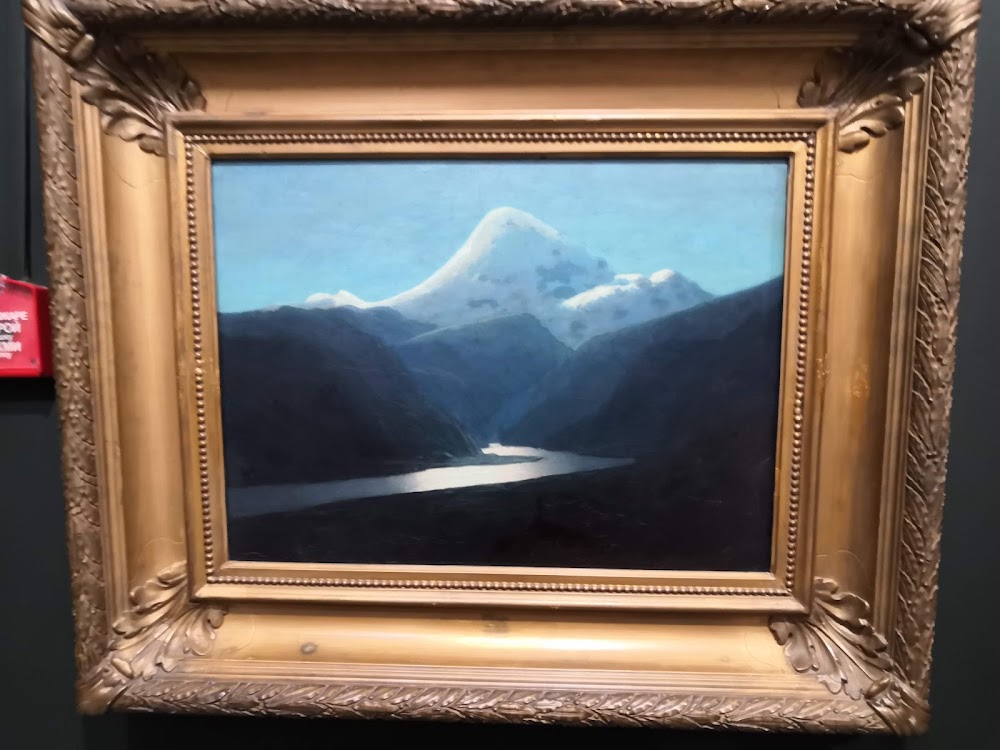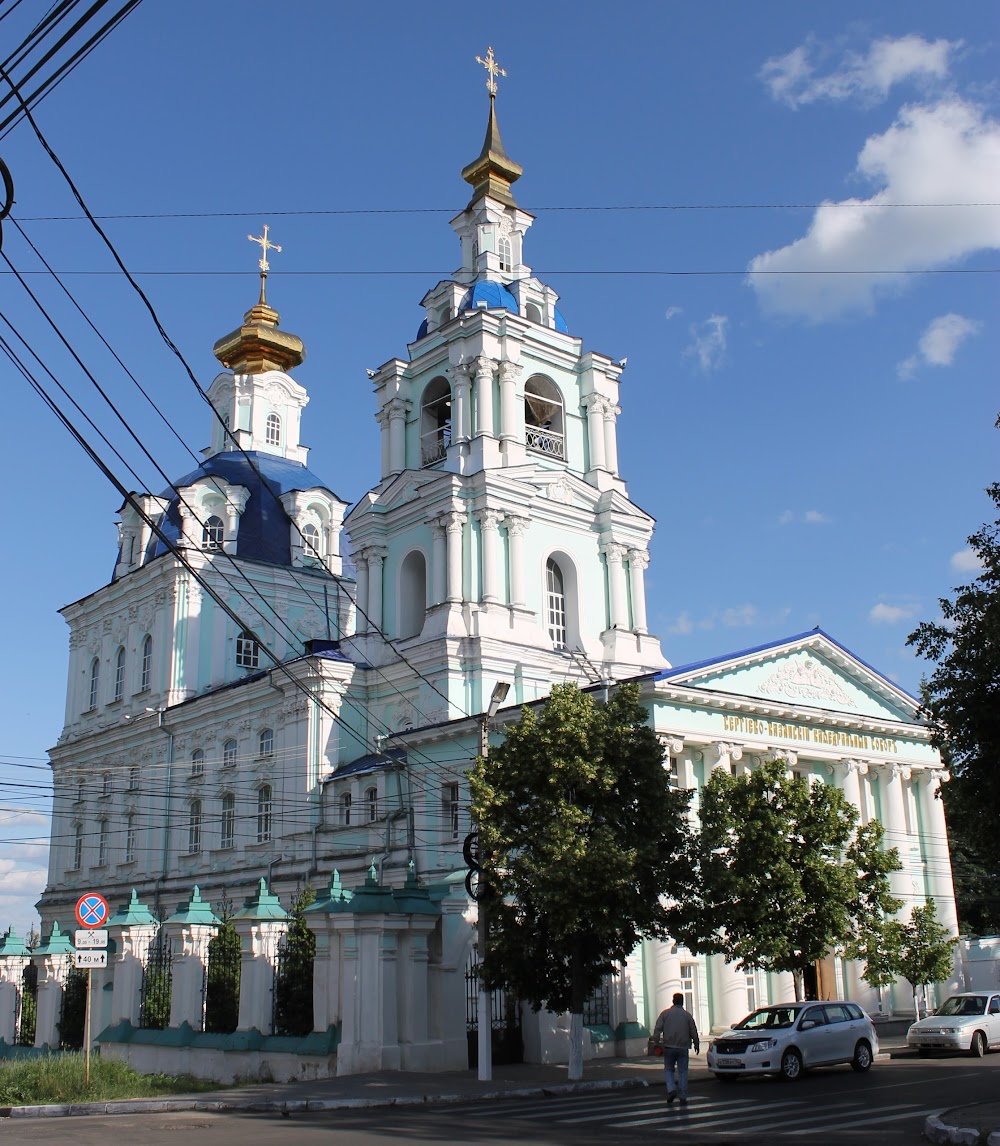State Museum of Local Lore (Курский областной краеведческий музей)
Overview
Kurskiy Krayevedcheskiy Muzey, or the State Museum of Local Lore in Kursk Oblast, Russia, is a vital cultural institution that celebrates and preserves the rich history, culture, and natural heritage of the region. The museum’s story is both intriguing and deeply intertwined with the spirit of Kursk.
Foundation and Early Years
Founded in 1903, the museum emerged from the vision of local historians, educators, and enthusiasts committed to safeguarding Kursk's unique cultural artifacts. Led by the passionate historian Ivan Shuvalov, this dedicated group recognized the importance of preserving the region's heritage, which sparked the museum's establishment.
Initially, the museum housed a modest collection sourced from private donations and local estates, featuring archaeological finds, historical documents, ethnographic items, and natural specimens. As community members began to appreciate the value of these artifacts, the collection steadily expanded, reflecting the rich tapestry of Kursk’s history.
Growth and Development
The museum began in a small building in Kursk's city center, but as the collection grew, it became clear that a larger, purpose-built space was necessary. In the late 1920s, local government approved the construction of a new neoclassical facility, which was completed in 1930 and continues to serve as the museum’s home today.
Over the decades, the museum has undergone several renovations and expansions to accommodate its ever-growing collection and the needs of its visitors. The most significant updates occurred in the 1960s and late 1990s, enhancing facilities, improving artifact storage and display, and integrating modern technology to enrich the visitor experience.
Exhibits and Collections
The museum’s diverse collection is organized into several sections: archaeology, history, ethnography, and natural history. One highlight is the archaeological section, which showcases artifacts from ancient Slavic settlements, including pottery, tools, and jewelry that offer a fascinating glimpse into the lives of the region's earliest inhabitants.
The history section spans from the medieval period to modern times, featuring exhibits on the pivotal Battle of Kursk during World War II. Personal letters, military uniforms, weapons, and photographs evoke the struggle and resilience of those who lived through this tumultuous period.
Visitors particularly enjoy the ethnography section, which illustrates the everyday life and traditions of various ethnic groups that have called Kursk home. Displays of traditional clothing, household items, musical instruments, and crafts provide insight into the region's rich cultural diversity.
In addition, the natural history section impresses with its showcase of the flora and fauna of Kursk Oblast. Collections of minerals, fossils, and taxidermy displays educate visitors about the area's unique natural environment.
Educational Programs
The museum also plays a vital role in education through its programs and temporary exhibitions. Local schools frequently collaborate with the museum for classes and field trips, fostering a passion for history and science in young minds.
Today, the Kurskiy Krayevedcheskiy Muzey stands as a beloved institution in Kursk Oblast. Its success is a testament to the community's unwavering support and contributions. From its humble beginnings to its current status as a comprehensive repository of regional history, the museum underscores the importance of preserving and understanding our shared past.
Every visitor leaves the Kurskiy Krayevedcheskiy Muzey with a deeper appreciation for the area’s rich and varied history. The museum is a beacon of culture and education, dedicated to inspiring future generations with the stories and artifacts of those who came before them.







